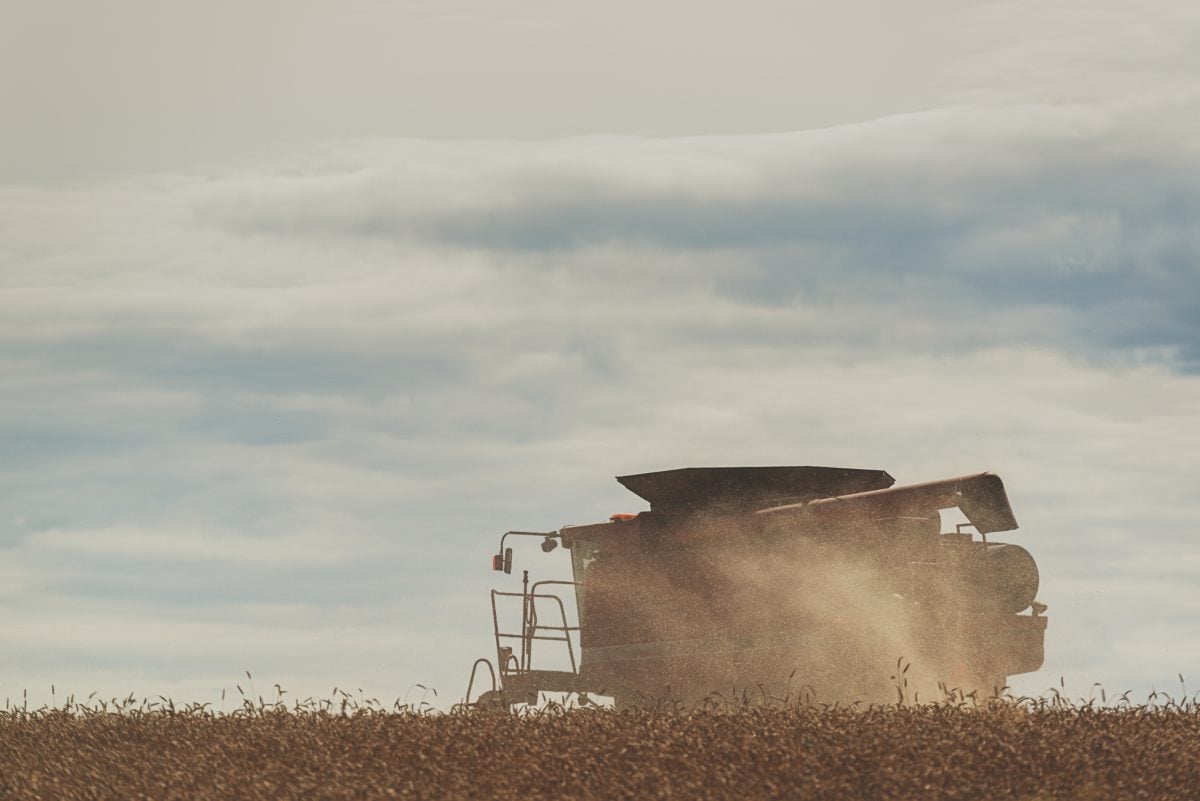Husky Energy’s ethanol plant in Manitoba is set to ditch wheat and focus on corn for a two-month-long run this spring.
"In the next couple of months, March and April, we’re going to do a 100 per cent corn run," said Raymond Dyck, grain marketing co-ordinator for the Husky plant at Minnedosa, about 50 km north of Brandon. "This is the first time we have gone to 100 per cent corn."
With a seven to eight per cent yield advantage over wheat, he said corn is the grain of choice for ethanol production.
Read Also

Alberta Crop Report: Harvest reaches completion
Alberta’s harvest is virtually complete at 99.4 per cent finished, ahead of the five-year and 10-year averages at this time of the season.
"That is really very significant, and it’s one of the big reason’s we like using corn in our process," Dyck told producers here at the Special Crops Symposium.
However, limited corn availability means wheat is also used in the production of ethanol at the plant.
The Minnedosa operation uses an average of 75 per cent corn and 25 per cent wheat throughout the year. If more corn is available, he added, the plant will use it.
During the corn harvest the ethanol plant uses about 90 per cent corn, and only 10 per cent wheat. But by August and September the ratio is at about 50 per cent for each.
However, changes in corn-to-wheat ratios can cause production difficulties.
Cooking
"With the grinding and cooking step, viscosity is an issue and it can trip-out our equipment and the system," said Dyck. "The thicker mash does slow down the cooking, so having a quick switch from one type of grain to another can cause issues with our electronically-controlled equipment."
He expects the 100 per cent corn run this spring will give an opportunity to see how equipment performs, and gauge the exact benefits of using a higher-efficiency grain during production.
There’s been a slight rise in corn production in Manitoba since the plant opened in 2008, he noted. According to the Manitoba Corn Growers Association, 192,000 acres were planted in 2011, up from 168,650 in 2010.
"I think we would have seen more last year, except that the wet spring really hindered the planting of certain crops," said Dyck.
The corn Husky uses must also mean strict quality standards. Dried distillers grains with solubles (DDGS), a byproduct of ethanol processing, are later sold as livestock feed, so the wheat and corn Husky buys must be dry and contain one part per million vomitoxin or less.
Per year, Husky’s plants at Minnedosa and at Lloydminster, Sask. together produce about 260 million litres of ethanol and market about 260,000 tonnes of DDGS.
— Shannon VanRaes is a reporter with the Manitoba Co-operator in Winnipeg. The full version of this article appeared in the March 1, 2012 Co-operator (page 22).















